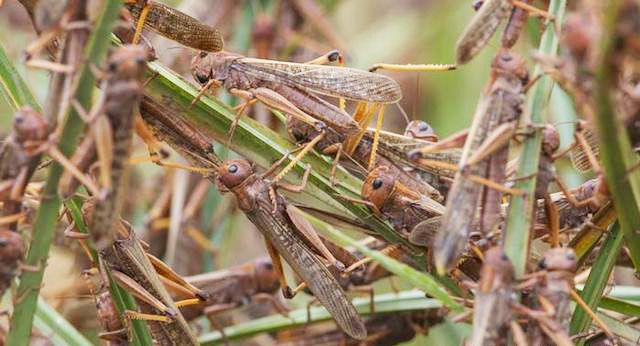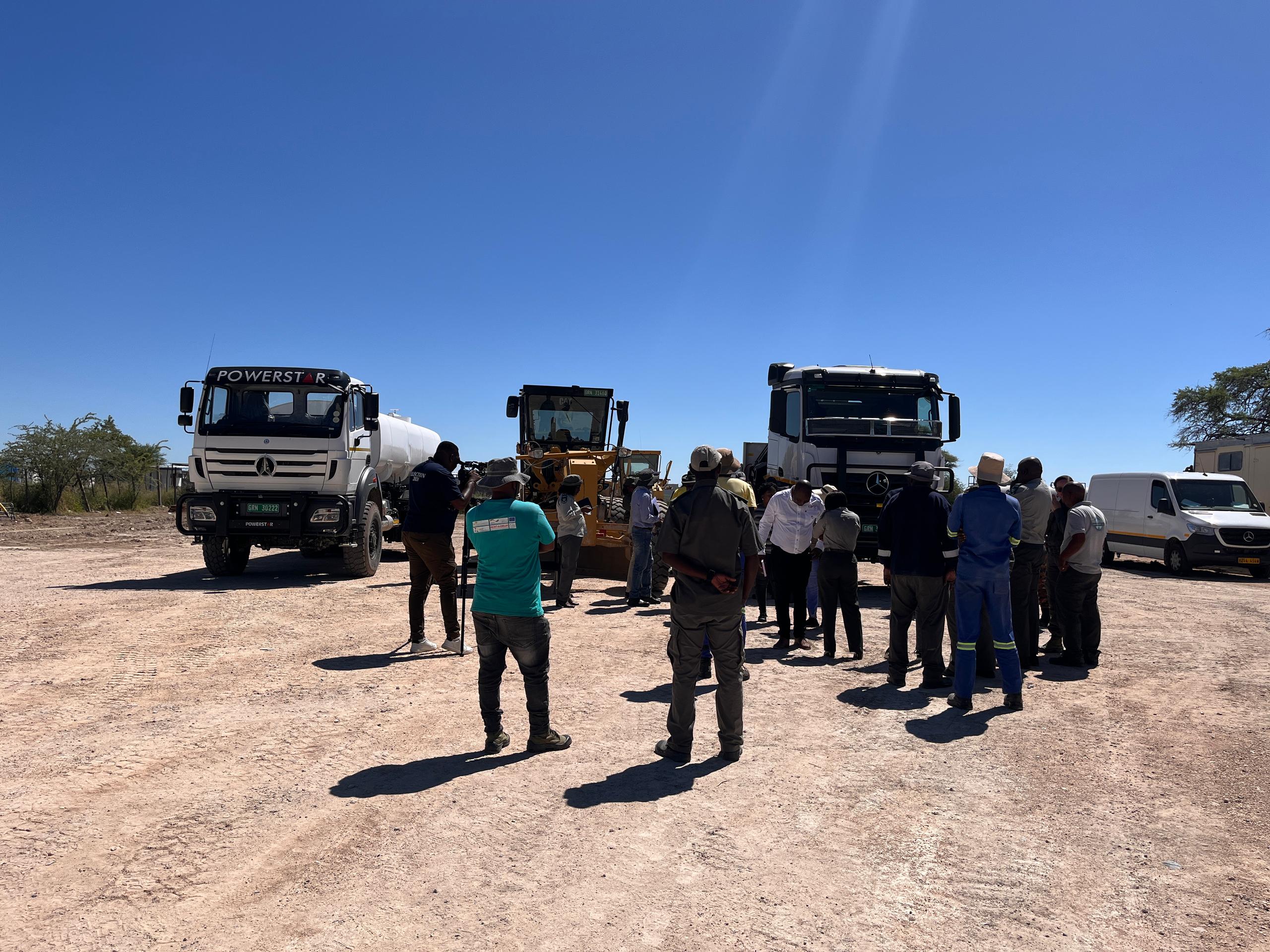Crop farmers in the Old Masokotwani area of the Zambezi region say they fear that they might face food shortages as locusts and armyworms continue to decimate their crops.
Samuel Jamu, a farmer in the area, said on Tuesday that nearly half of his three-hectare farmland has been destroyed by swarms of locusts.
“The swarms were first observed in early February, and the Ministry of Agriculture, Fisheries, Water and Land Reform was immediately notified,” he said.
Jamu said they need the ministry’s intervention to protect agricultural output and the livelihoods of local farmers.
Old Masokotwani village headman Jomo Mushe, also a farmer, echoed Jamu’s concerns, expressing fears that his seven-hectare crop field will yield no harvest. He highlighted the financial strain on communal farmers, who are struggling to afford the recommended pesticides after 2024’s devastating drought.
Mushe called on the government to consider methods like aerial spraying, adding that the ministry’s current efforts are too slow and cannot meet the high demand for assistance.
Contacted for comment, the ministry’s spokesperson, Simon Nghipandulwa said a team of 10 staff members has been deployed to manage and mitigate the spread across the affected villages. He added that control efforts are ongoing, utilising mounted vehicle sprayers and mist blowers.
“The spraying team has also procured additional mist blowers and pesticides to help control the rapid spread of the locusts. The agriculture ministry will continue surveying the affected areas. We urge farmers to report any sightings of locust swarms to the nearest Agricultural Development Centre for immediate attention,” Nghipandulwa said.
Stay informed with The Namibian – your source for credible journalism. Get in-depth reporting and opinions for
only N$85 a month. Invest in journalism, invest in democracy –
Subscribe Now!










